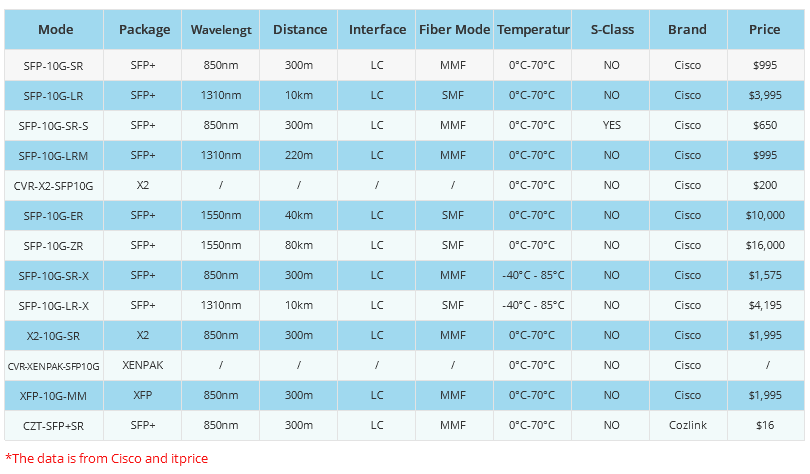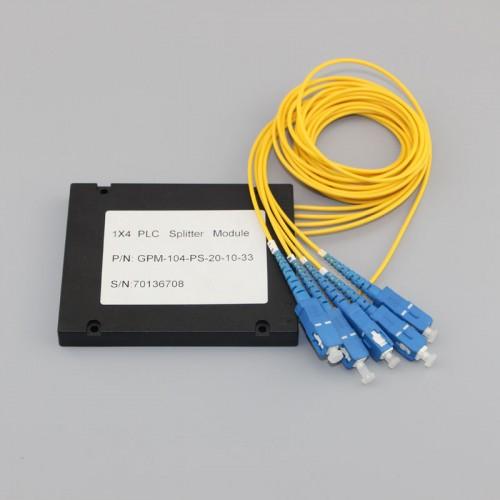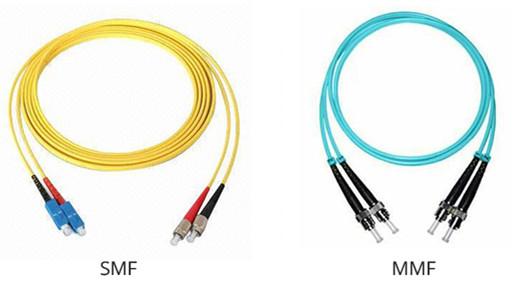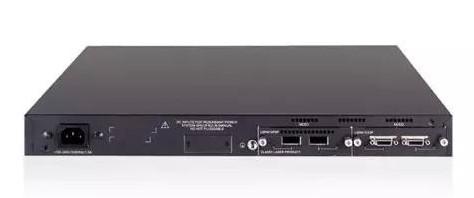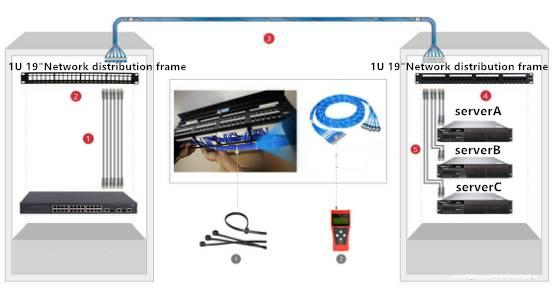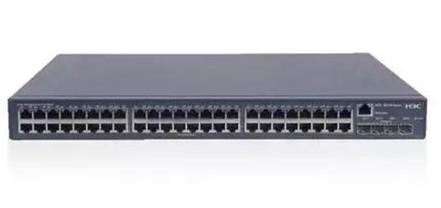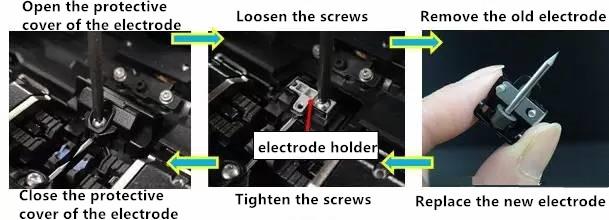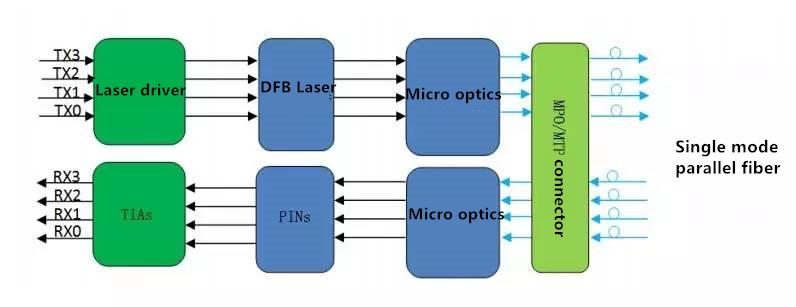- Related articles
- What Is GYDTA Fiber Optic Cable?
- Applicable to 1000BASE-EX Standard Optical Transceiver Models
- What Is GYXS Optical Fiber Cable?
- All Cisco GLC-FE-100ZX's information (List price, Specs, Datasheet PDF, Compatibility matr
- Applicable to 40GBASE-LX4 Standard Optical Transceiver Models
- Optical Transceivers for Cisco WS-C3750G-12S-E Switch
- Optical Transceivers for Cisco WS-C3750V2-24FS-S Switch
- All Cisco DWDM-XENPAK-59.79's information (List price, Specs, Datasheet PDF, Compatibility
- Things You Need to Know About 4-port PCIE Network Card
- Optical Transceivers for Cisco WS-C3560E-48TD-E Switch
Recommend tag
Complete Guide to 40G QSFP Optical Modules
2024-10-29
Today, SEESUO Technology will provide a detailed introduction to the classification and application of 40G QSFP optical modules in this article.
To meet the rapidly developing broadband demand, the IEEE802.3ba standard committee has approved the 40G Ethernet standard. As a result, more high-performance fiber interface standards have emerged one after another, such as supporting compatibility between multimode and single-mode fibers, laying a solid foundation for better optical transmission.
QSFP+pluggable interface is one of the commonly used types, and there are three types of 40G QSFP+optical modules under this standard, namely 40G LR4 QSFP+optical module, 40G SR4 QSFP+optical module, and 40G LR4 Parallel Single Mode (PSM) optical module.
The 40G QSFP optical module is a compact hot swappable optical module with four transmission channels, each with a data rate of 10Gbps. This optical module complies with various standards such as SCSI, 40G Ethernet, 20G/40G Infiniband, etc. As shown in the figure below, this optical module has two interface types: LC interface and MTP/MPO interface, which are used in single-mode and multi-mode applications, respectively.

The 40G LR4 QSFP+optical module complies with the 802.3ba standard, with a maximum transmission distance of up to 10km. It has the advantages of high density, low cost, high speed, large capacity, and low power consumption.
 (2) 40G SR4 QSFP+optical module
(2) 40G SR4 QSFP+optical module
The working wavelength of the 40G SR4 QSFP+optical module is 850nm, and it transmits data through four independent full duplex channels at the same transmission rate as the 40GLR4 QSFP+optical module.
 (3) 40GLR4PSMQSFP+optical module
(3) 40GLR4PSMQSFP+optical module
The transmission distance of the 40GLR4PSMQSFP+optical module is 10km. As a highly integrated 4-channel optical module, it has the advantages of high port density and low cost. The optical port of this optical module adopts parallel single-mode technology - PSM.
 (4) 40G ER4 QSFP+optical module
(4) 40G ER4 QSFP+optical module
The 40G ER4 QSFP+optical module converts four 10G data input channels into four CWDM optical signal channels, each with a rate of 11.2Gbps, and then multiplex them into a single channel for 40G data transmission.
 (5) 40GCR4 QSFP+optical module
(5) 40GCR4 QSFP+optical module
The birth of the 40GBCSR4 QSFP+optical module has extended the transmission distance of OM3 and OM4 multimode fibers, and all of its 10G transmission channels comply with the IEEE10GBASE-SR standard.

The 40G SR4 QSFP+optical module is often used with MPO/MTP connectors and can also be used with MTP/MPO to LC fiber jumpers to connect 40G and 10G network devices. In addition, the fiber type used in conjunction with the 40G SR4 QSFP+optical module is multimode fiber, and its transmission distance when used with OM3/OM4 multimode fiber is 100m and 150m, respectively.
(2) Application of 40GLR4 QSFP+optical module and 40GER4 QSFP+optical module:
Both of these optical modules use duplex LC interfaces, which are generally used in single-mode applications. They have four independent optical signal receiving and transmitting channels, and require the use of WDM technology to multiplex and demultiplexing optical signals, thereby achieving the transmission of optical signals over long-distance single-mode fibers. The difference is that the transmission distance of 40GLR4 QSFP+optical module can reach 10km, while the transmission distance of 40GER4 QSFP+optical module is generally 40km.
(3) Application of 40G LR4 PSM optical module:
The 40G LR4 PSM optical module utilizes four parallel designed MPO/MTP interfaces for data transmission. Its working principle is the same as that of the 40G SR4 QSFP+optical module. Differently, 40G LR4 PSM optical modules are commonly used to connect with single-mode ribbon fibers, meaning that parallel optical signals are transmitted in parallel through 8 single-mode fibers.
(4) Application of 40GCSR4 QSFP+optical module:
The 40GCR4 QSFP+optical module is generally used with multimode fiber and can support 300 meter signal transmission with OM3 jumpers and 400 meter signal transmission with OM4 jumpers. In addition, the 40GCSR4 QSFP+optical module can also achieve 4x10G duplex mode connection by connecting the optical interfaces of four branch cables.
(2) Enterprise storage;
(3) High density and high-speed I/O;
(4) Multi channel interconnection.
SEESUO's 40G QSFP+optical module complies with QSFP+MSA SFF-8436 and IEEE 802.3ba standards, with a total transmission rate of 41.25Gb/s. It has the characteristics of low power consumption, small size, and high speed. The multi-mode optical module adopts four 10.3125Gbps channel VCSEL laser array optical transmitters and four PIN optical detector array receivers. The transmission distance can reach 300M using OM3 multi-mode fiber and 400M using OM4 multi-mode fiber. The single-mode optical module converts four 10.3125Gbps channels into four CWDM channels (DFB laser array) optical signals, and multiplex them into 41.25Gbps, which are output from the transmitter through SMF. The receiver accepts 41.25Gbps optical signal input and decomposes it into 4 CWDM 10.3125Gbps channels, which are received by PIN optical detectors and have a transmission distance of up to 40KM. It is widely used in various Ethernet devices such as switches, routers, and data centers.
To meet the rapidly developing broadband demand, the IEEE802.3ba standard committee has approved the 40G Ethernet standard. As a result, more high-performance fiber interface standards have emerged one after another, such as supporting compatibility between multimode and single-mode fibers, laying a solid foundation for better optical transmission.
QSFP+pluggable interface is one of the commonly used types, and there are three types of 40G QSFP+optical modules under this standard, namely 40G LR4 QSFP+optical module, 40G SR4 QSFP+optical module, and 40G LR4 Parallel Single Mode (PSM) optical module.
1. The meaning of 40G QSFP optical module
QSFP+is a 40G optical module packaging form defined by the IEEE organization, which greatly meets the market's demand for high density and high speed.The 40G QSFP optical module is a compact hot swappable optical module with four transmission channels, each with a data rate of 10Gbps. This optical module complies with various standards such as SCSI, 40G Ethernet, 20G/40G Infiniband, etc. As shown in the figure below, this optical module has two interface types: LC interface and MTP/MPO interface, which are used in single-mode and multi-mode applications, respectively.

2. Technical background of 40G optical module
With the advent of cloud computing and big data era, networks are forced to develop towards high speed and high density, while the utilization rate of virtualized servers is increasing. In order to provide sufficient I/O (input/output) bandwidth, many new access switches have evolved to 2 or 4-port 40G Ethernet that can connect to core switches. The rapid development of interconnected data transmission cannot be separated from 40G QSFP+optical modules, as they can provide sufficient bandwidth to ensure unobstructed data conversion and meet the network needs of data centers and enterprise campuses.3. Advantages of 40G QSFP Optical Modules
The 40G QSFP optical module can transmit data at a speed of 10Gbps per channel with the same port volume as the XFP optical module, and supports data transmission for four channels simultaneously. Therefore, the density of the 40G QSFP optical module can be four times that of the XFP optical module and three times that of the SFP+optical module.4. Classification of 40G QSFP Optical Modules
(1) 40G LR4 QSFP+optical moduleThe 40G LR4 QSFP+optical module complies with the 802.3ba standard, with a maximum transmission distance of up to 10km. It has the advantages of high density, low cost, high speed, large capacity, and low power consumption.

The working wavelength of the 40G SR4 QSFP+optical module is 850nm, and it transmits data through four independent full duplex channels at the same transmission rate as the 40GLR4 QSFP+optical module.

The transmission distance of the 40GLR4PSMQSFP+optical module is 10km. As a highly integrated 4-channel optical module, it has the advantages of high port density and low cost. The optical port of this optical module adopts parallel single-mode technology - PSM.

The 40G ER4 QSFP+optical module converts four 10G data input channels into four CWDM optical signal channels, each with a rate of 11.2Gbps, and then multiplex them into a single channel for 40G data transmission.

The birth of the 40GBCSR4 QSFP+optical module has extended the transmission distance of OM3 and OM4 multimode fibers, and all of its 10G transmission channels comply with the IEEE10GBASE-SR standard.

5. Application of 40G QSFP Optical Module
(1) Application of 40G SR4 QSFP+optical module:The 40G SR4 QSFP+optical module is often used with MPO/MTP connectors and can also be used with MTP/MPO to LC fiber jumpers to connect 40G and 10G network devices. In addition, the fiber type used in conjunction with the 40G SR4 QSFP+optical module is multimode fiber, and its transmission distance when used with OM3/OM4 multimode fiber is 100m and 150m, respectively.
(2) Application of 40GLR4 QSFP+optical module and 40GER4 QSFP+optical module:
Both of these optical modules use duplex LC interfaces, which are generally used in single-mode applications. They have four independent optical signal receiving and transmitting channels, and require the use of WDM technology to multiplex and demultiplexing optical signals, thereby achieving the transmission of optical signals over long-distance single-mode fibers. The difference is that the transmission distance of 40GLR4 QSFP+optical module can reach 10km, while the transmission distance of 40GER4 QSFP+optical module is generally 40km.
(3) Application of 40G LR4 PSM optical module:
The 40G LR4 PSM optical module utilizes four parallel designed MPO/MTP interfaces for data transmission. Its working principle is the same as that of the 40G SR4 QSFP+optical module. Differently, 40G LR4 PSM optical modules are commonly used to connect with single-mode ribbon fibers, meaning that parallel optical signals are transmitted in parallel through 8 single-mode fibers.
(4) Application of 40GCSR4 QSFP+optical module:
The 40GCR4 QSFP+optical module is generally used with multimode fiber and can support 300 meter signal transmission with OM3 jumpers and 400 meter signal transmission with OM4 jumpers. In addition, the 40GCSR4 QSFP+optical module can also achieve 4x10G duplex mode connection by connecting the optical interfaces of four branch cables.
6. Interface usage
(1) Switches, routers, host adapter buses;(2) Enterprise storage;
(3) High density and high-speed I/O;
(4) Multi channel interconnection.
SEESUO's 40G QSFP+optical module complies with QSFP+MSA SFF-8436 and IEEE 802.3ba standards, with a total transmission rate of 41.25Gb/s. It has the characteristics of low power consumption, small size, and high speed. The multi-mode optical module adopts four 10.3125Gbps channel VCSEL laser array optical transmitters and four PIN optical detector array receivers. The transmission distance can reach 300M using OM3 multi-mode fiber and 400M using OM4 multi-mode fiber. The single-mode optical module converts four 10.3125Gbps channels into four CWDM channels (DFB laser array) optical signals, and multiplex them into 41.25Gbps, which are output from the transmitter through SMF. The receiver accepts 41.25Gbps optical signal input and decomposes it into 4 CWDM 10.3125Gbps channels, which are received by PIN optical detectors and have a transmission distance of up to 40KM. It is widely used in various Ethernet devices such as switches, routers, and data centers.

TECHNICAL SUPPORT
Get solutions or consultation from the technical team.




























































